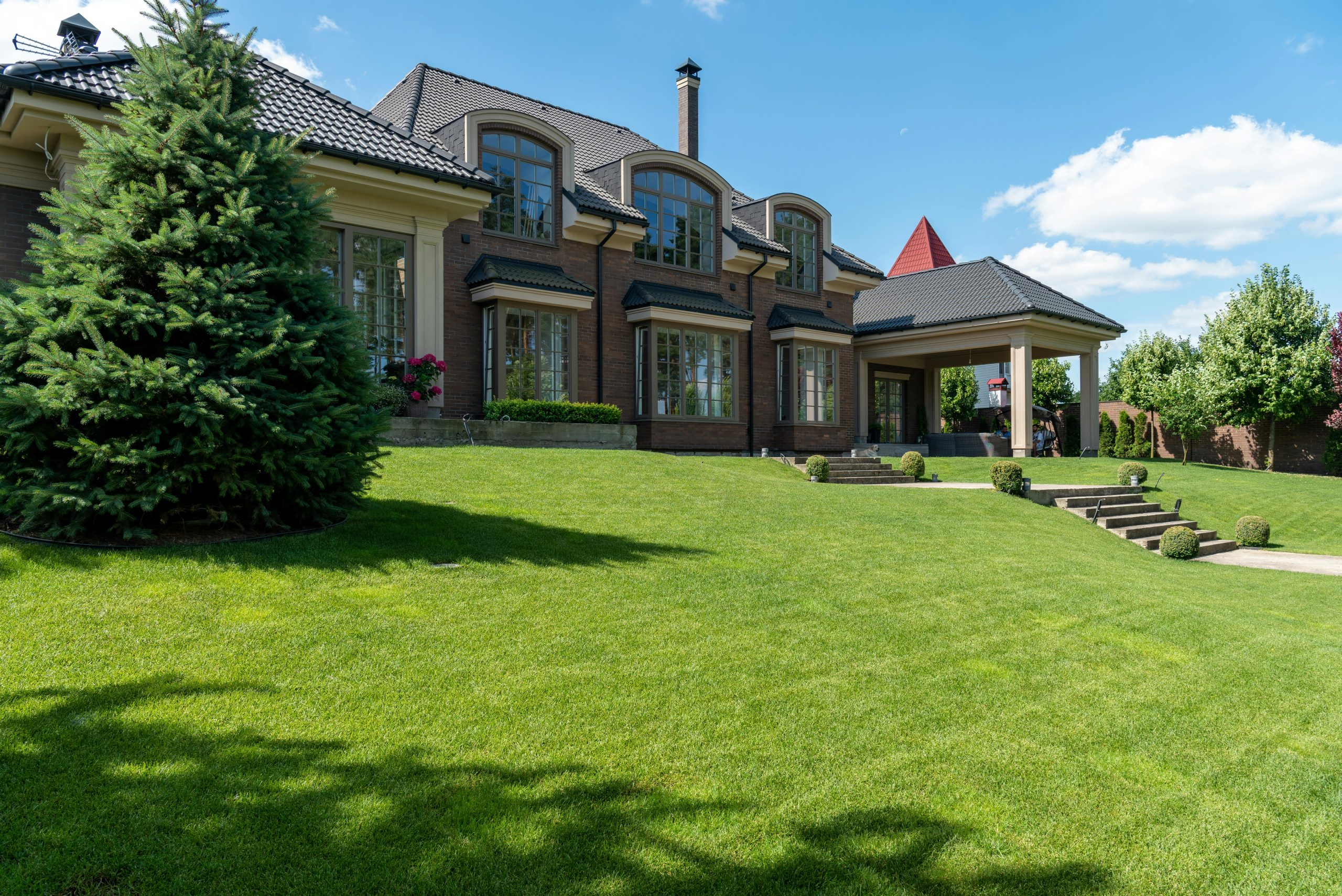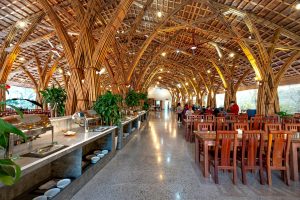Sustainable Landscaping Practices: Enhancing Property Value Responsibly
The real estate market is constantly changing, and property owners are always looking for ways to enhance their property value. While many may turn to expensive renovations or additions, one often overlooked approach is through sustainable landscaping practices. Not only can these methods increase the aesthetic appeal of a property, but they also have the potential to add value in a responsible and environmentally-conscious way. In this article, we’ll explore the benefits of sustainable landscaping practices and how they can enhance your property value responsibly.
What is Sustainable Landscaping?
Sustainable landscaping is the process of designing, constructing, and maintaining landscapes in an environmentally-friendly and resource-efficient manner. It takes into consideration factors such as water conservation, soil health, and biodiversity to create a beautiful and functional outdoor space. This approach goes beyond just making a property look good, it also takes into account the overall impact on the environment.
The Benefits of Sustainable Landscaping
Increases Property Value
One of the biggest advantages of sustainable landscaping is its potential to increase property value. A well-designed and maintained landscape can add to a property’s curb appeal, making it more attractive to potential buyers. In fact, studies have shown that a properly landscaped property can increase its value by up to 20%. This is due to the added visual appeal and functionality of the landscape, as well as the potential for cost savings on utilities.
Cost Savings
Sustainable landscaping practices can also lead to long-term cost savings. By incorporating elements such as native plants, rain gardens, and drip irrigation, property owners can reduce their water usage and save money on their utility bills. Additionally, sustainable landscaping can decrease maintenance costs by implementing organic lawn care methods, which can eliminate the need for harmful chemicals and pesticides.
Promotes Biodiversity
Traditional landscaping practices often rely on non-native plants that require excessive amounts of water and maintenance. This can disrupt the natural ecosystem and harm local wildlife. Sustainable landscaping, on the other hand, focuses on using native plants and creating habitats that support local fauna. This not only plays a crucial role in preserving biodiversity but also adds to the overall appeal of the landscape.
Examples of Sustainable Landscaping Practices
Plant Natives and Reduce Lawn Space
Native plants are adapted to the local climate and require less maintenance, making them an excellent choice for sustainable landscaping. They also attract local pollinators and birds, adding to the biodiversity of your property. Additionally, replacing portions of a traditional lawn with native plants can reduce water usage and maintenance costs.
Use Drip Irrigation
Drip irrigation systems deliver water directly to the roots of plants, reducing water waste and promoting healthy growth. Unlike traditional sprinkler systems, which can lose up to 50% of the water they use due to evaporation, drip irrigation systems can be up to 90% efficient. This not only saves water but also reduces utility costs.
Incorporate Rain Gardens
Rain gardens are designed to collect and filter rainwater, making them an eco-friendly and cost-effective addition to any landscape. They can be created by planting native plants in a depression in the ground, allowing the water to be absorbed into the soil gradually. This reduces the risk of erosion, improves water quality, and provides a natural habitat for wildlife.
Conclusion
Sustainable landscaping practices go beyond just improving the appearance of a property, they also offer numerous environmental and financial benefits. By enhancing property value responsibly, property owners can create a beautiful and functional outdoor space that is both attractive to potential buyers and beneficial for the environment. So, whether you are looking to sell your property or simply want to make a positive impact on your surroundings, consider incorporating sustainable landscaping practices into your landscape design.










